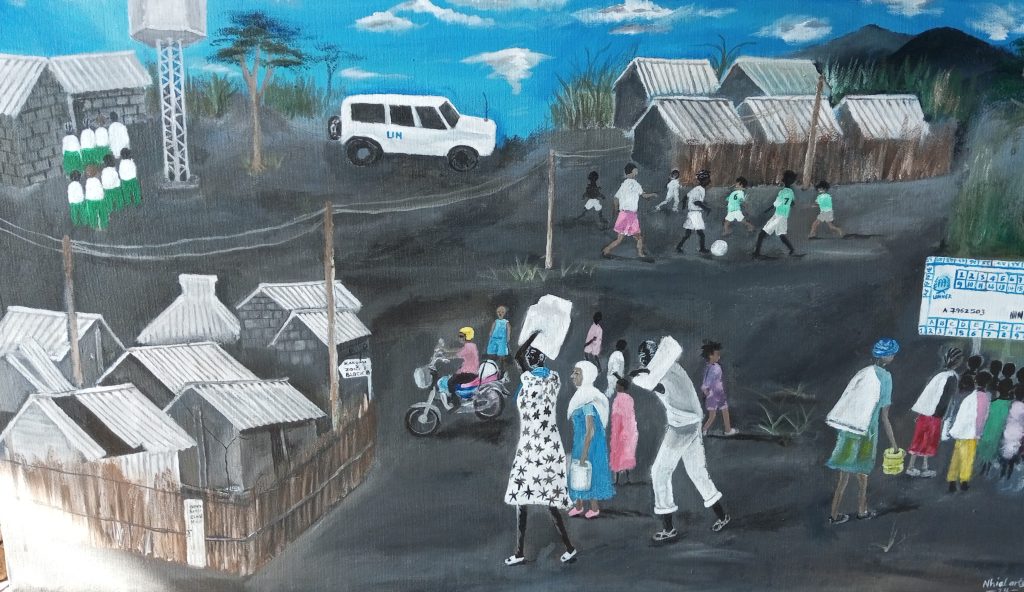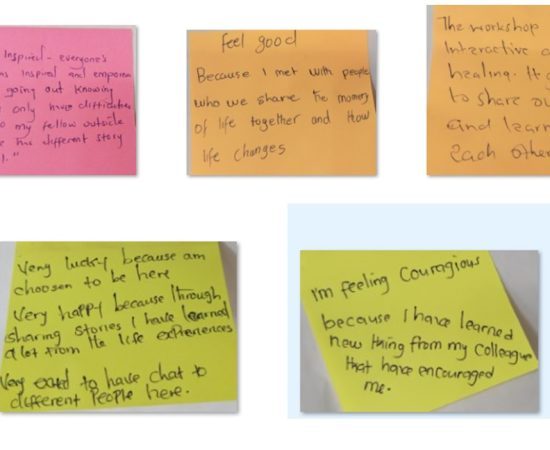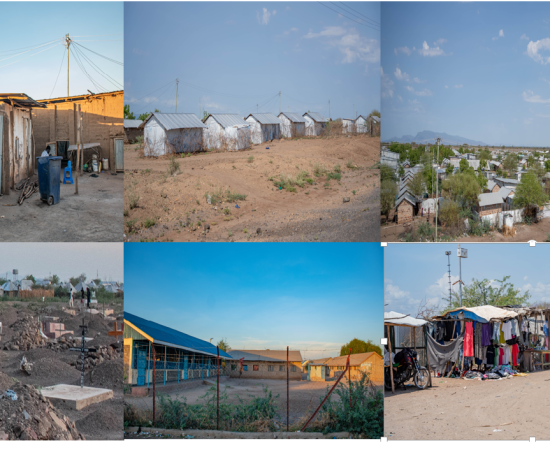
Location
Kakuma, Turkana, Kenya
Synopsis and Position
Refugee camps are imagined as ephemeral spaces, yet they often endure for decades. This project aims to archive a version of the three-decade-long history of Kakuma Refugee Camp to show the forms of contradiction of temporariness. It does so by conducting interviews and storytelling sessions; collecting household memories; and capturing images/video. The goal is to foster spaces of egalitarian participation in which residents can share stories and preserve aspects of their lives in dialogue, thus creating a web of conversations, documentation, and experience that would otherwise go ‘unarchived.’ Project outcomes include a documentary video, a scholarly article, a digital album, and ‘talking walls’—public exhibitions on camp buildings to challenge the transient logic that define the camp’s built infrastructures. The project also seeks to foster awareness among camp residents of the value of their experiences and change how the world at large perceives and responds to the asylum crisis. It is thus inward-and outward-looking. The other most important outcome will be regaining agency to produce and preserve knowledge and narratives about own experiences to shape global conversations about displacement in new ways.
Objectives and Methods
The objectives of the project are in a sense twofold: on the one hand, to shift dominant narratives about the asylum crisis and perceptions of refugee camps as ephemeral spaces that so often go unarchived; on the other, to create a space for refugees to produce and preserve knowledge and narratives about their experiences to bring to local and global conversations about refuge, displacement, and asylum. The specific objectives are:
-
- Gather archival stories, memories, and items by organizing 42 storytelling sessions (210 participants) and conducting interviews with 20 households;
- Document cultures in exile. i.e. record ten different cultural/traditional ceremonies and showcase how culture has been sustained, accepted, and assimilated.
- Produce a 120 minutes documentary and photographic digital album that features the three decades history of Kakuma camp.
Data collection methods – Group Story Telling/ Diary Making Sessions using “Write, Recall and Rewrite” (WRR), semi-structured one-on-one oral interviews, Observation, Video Recording, and Photo Capturing and Interpretations of cultural Performances, Rituals, and historical places (refugee markets, parishes, cemeteries, etc).
Workshops and Events
To be confirmed
Activities
To be confirmed



